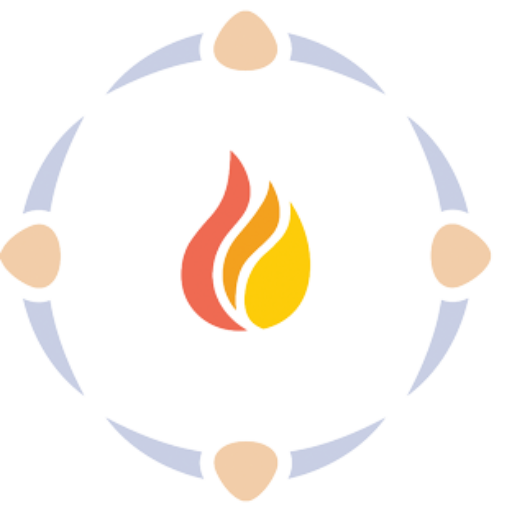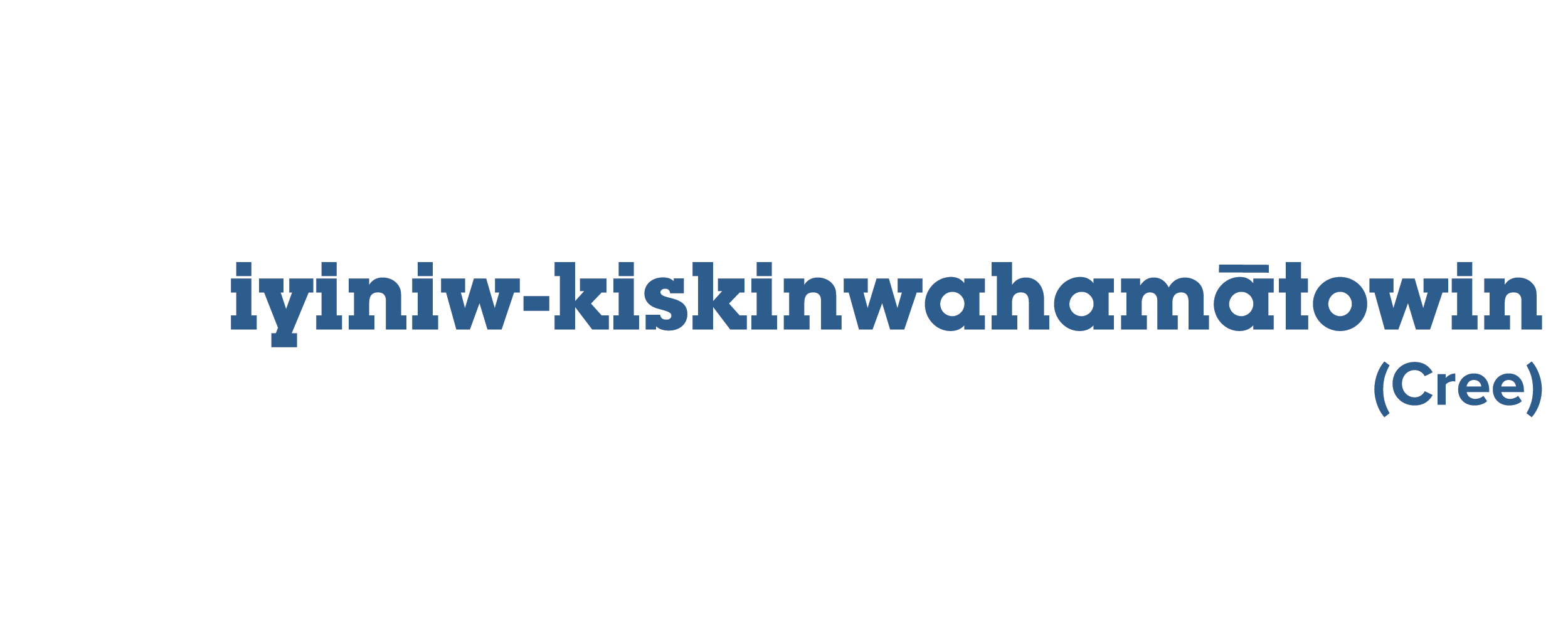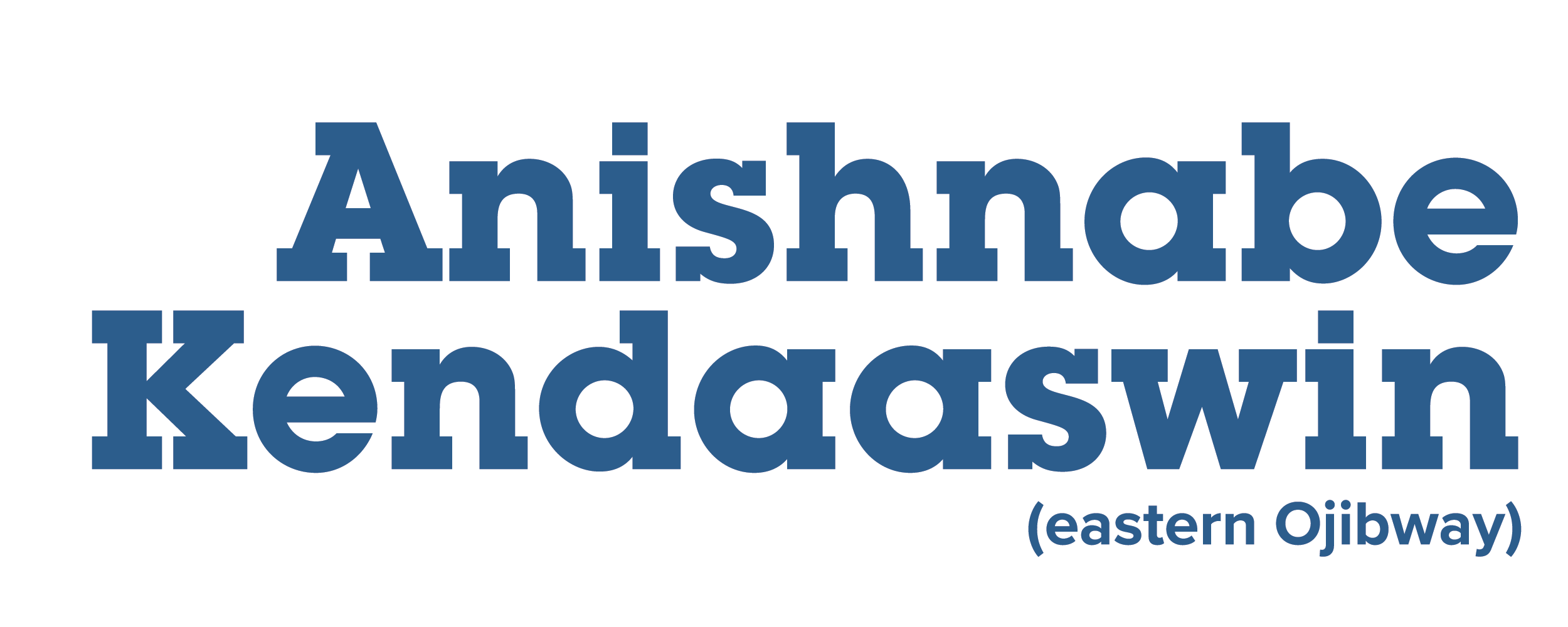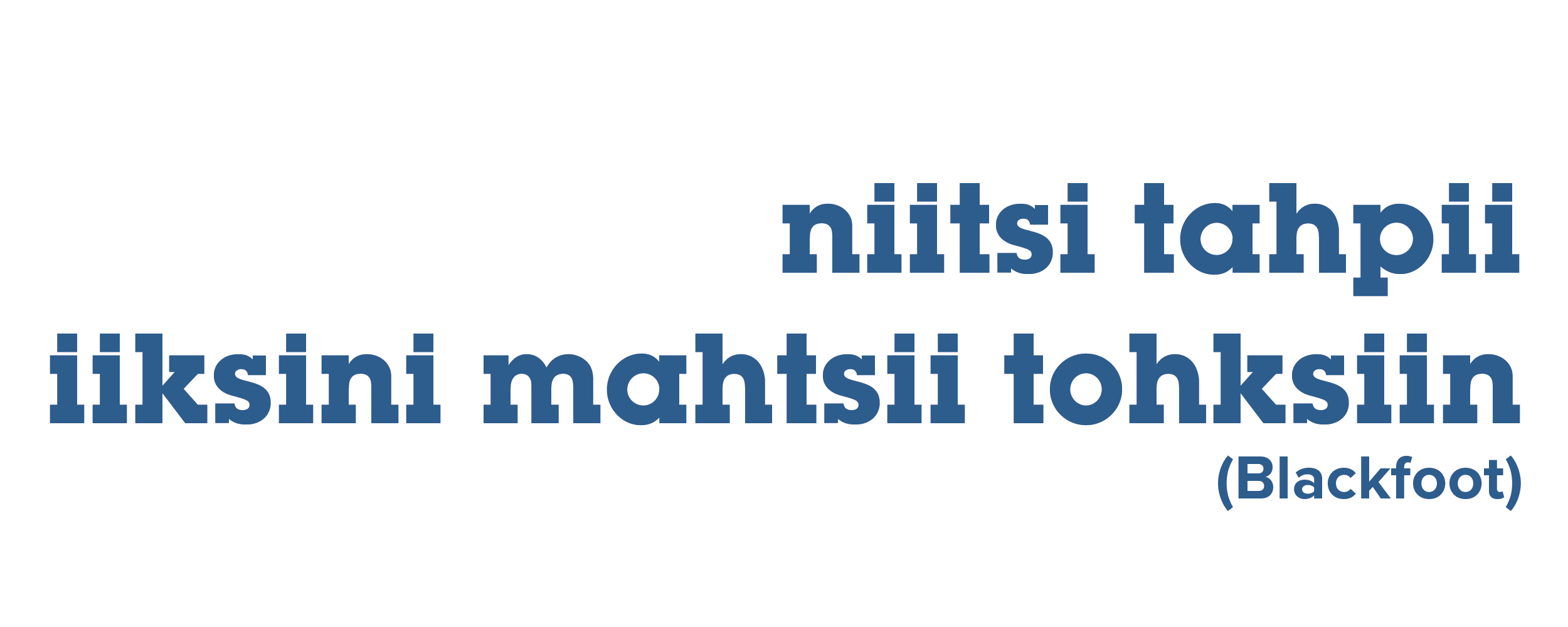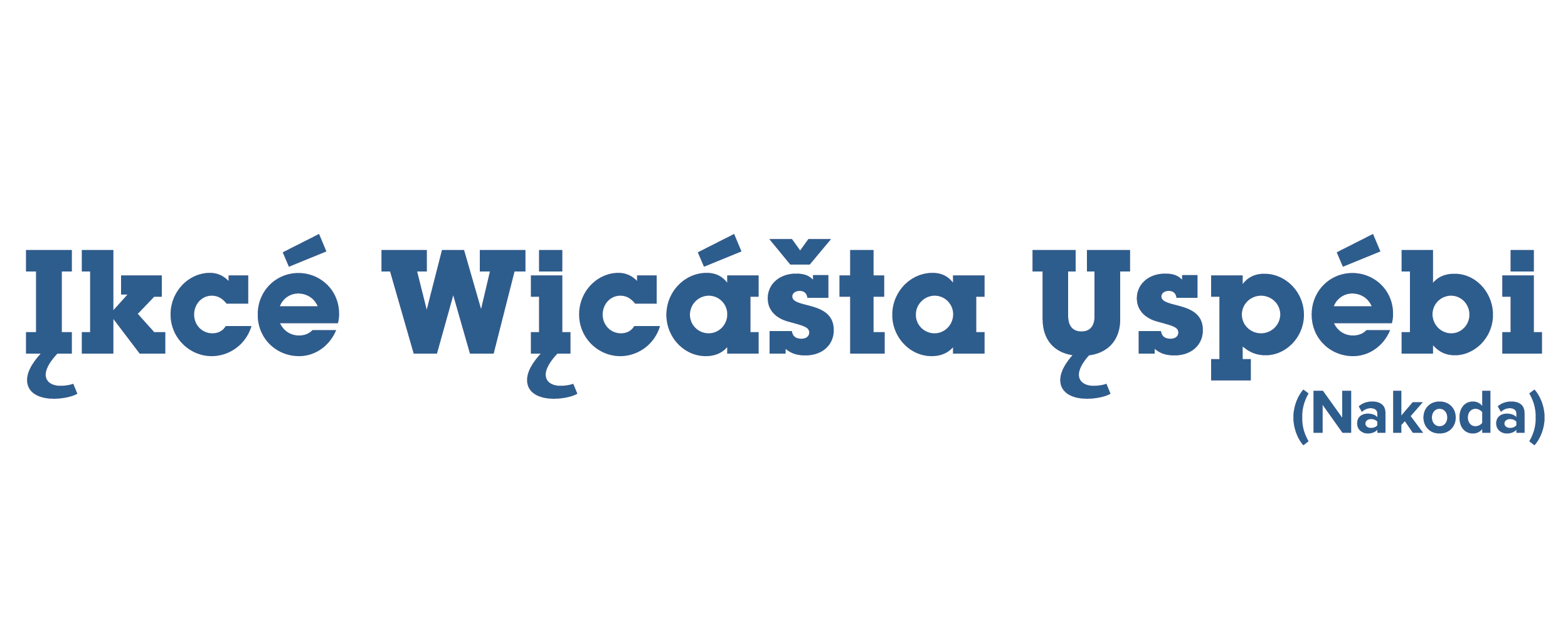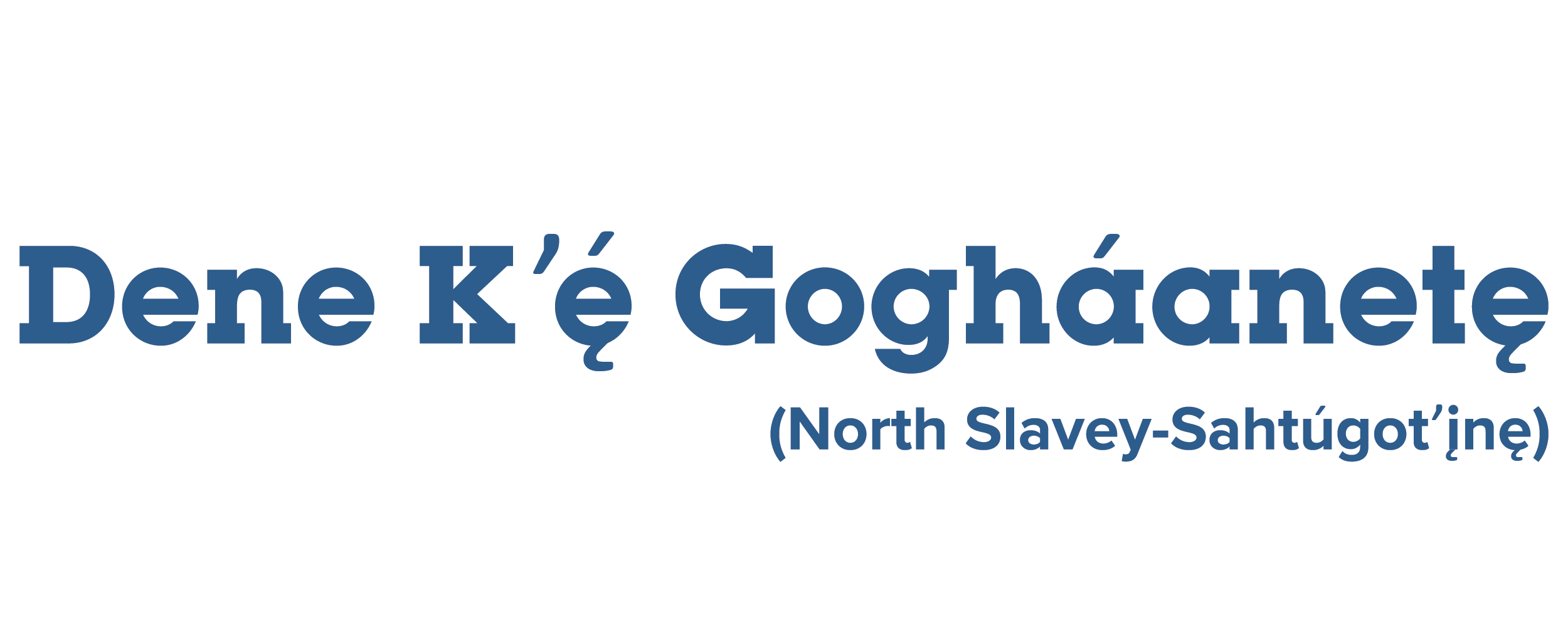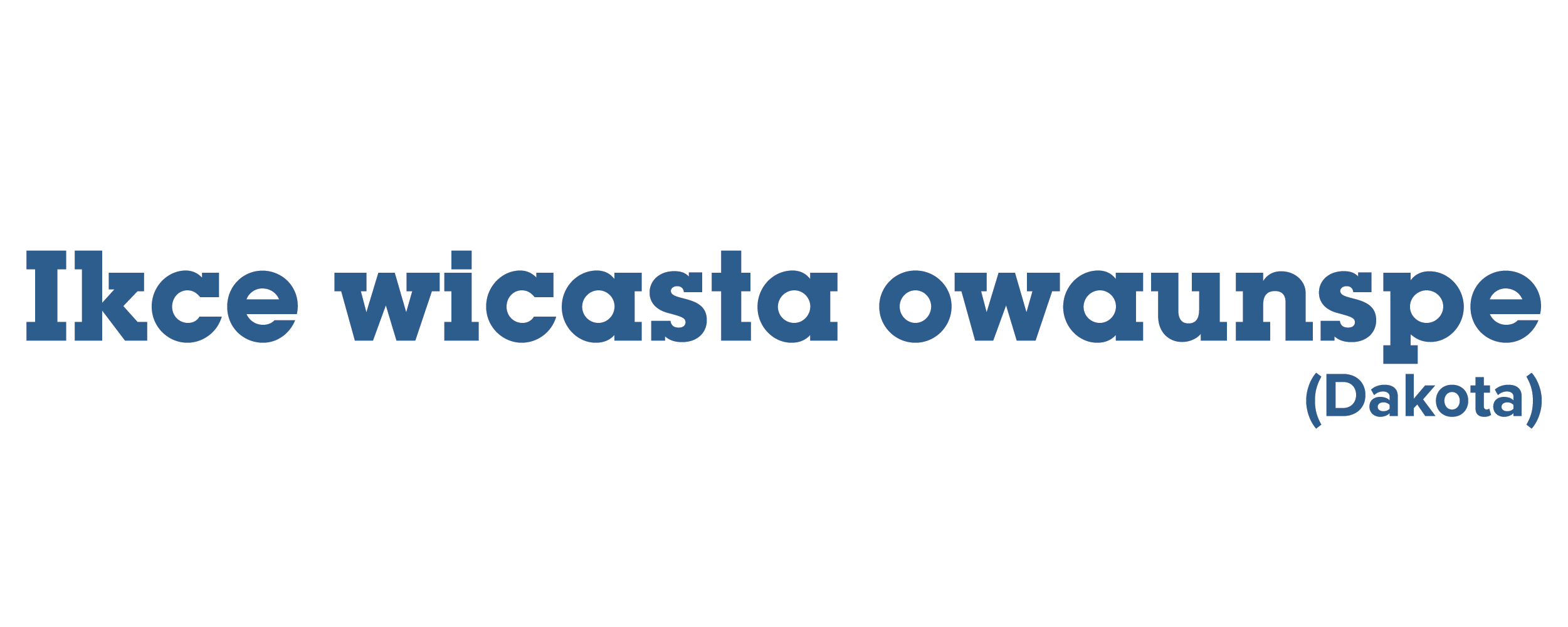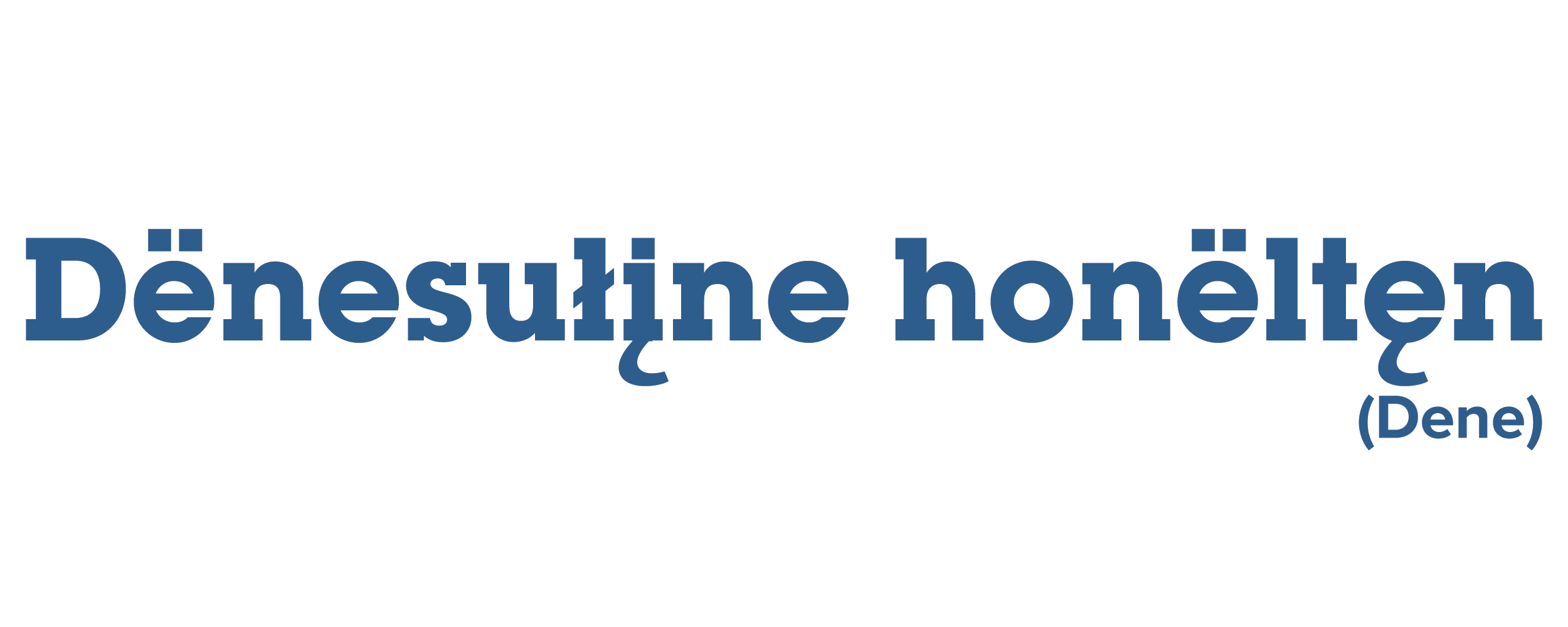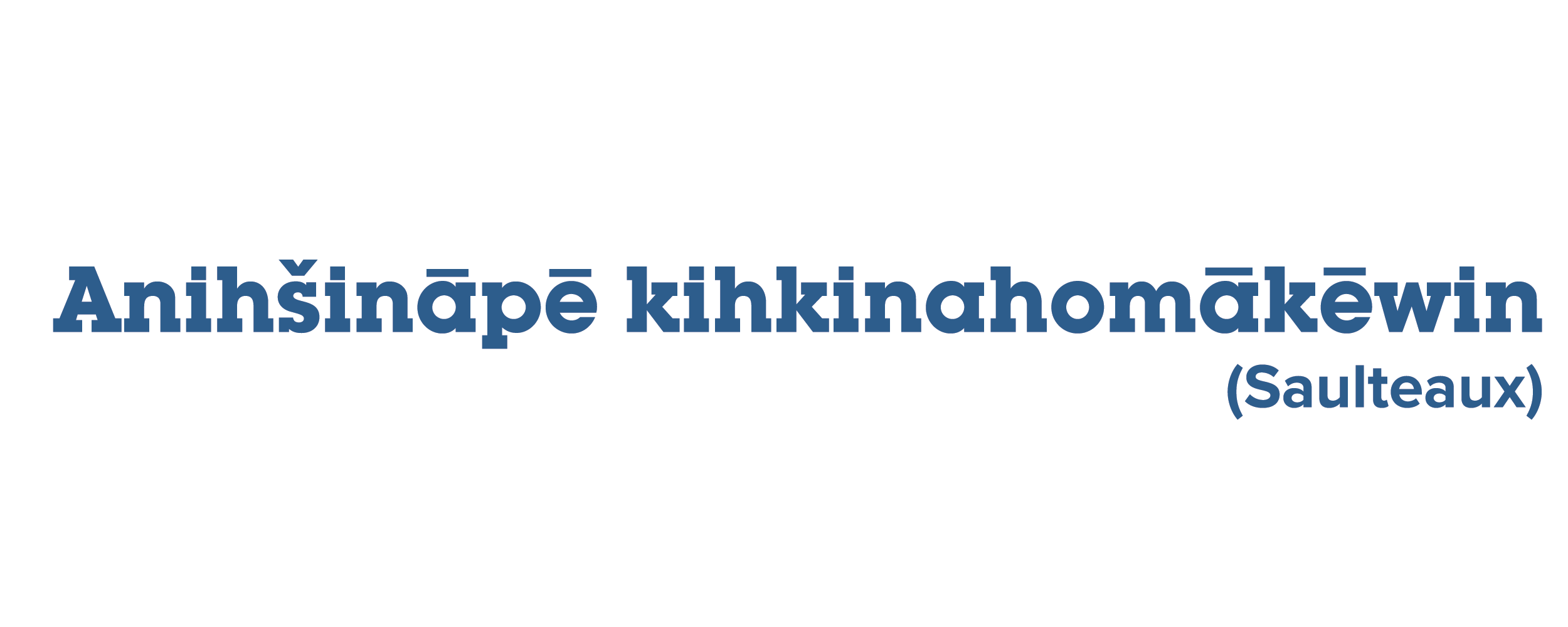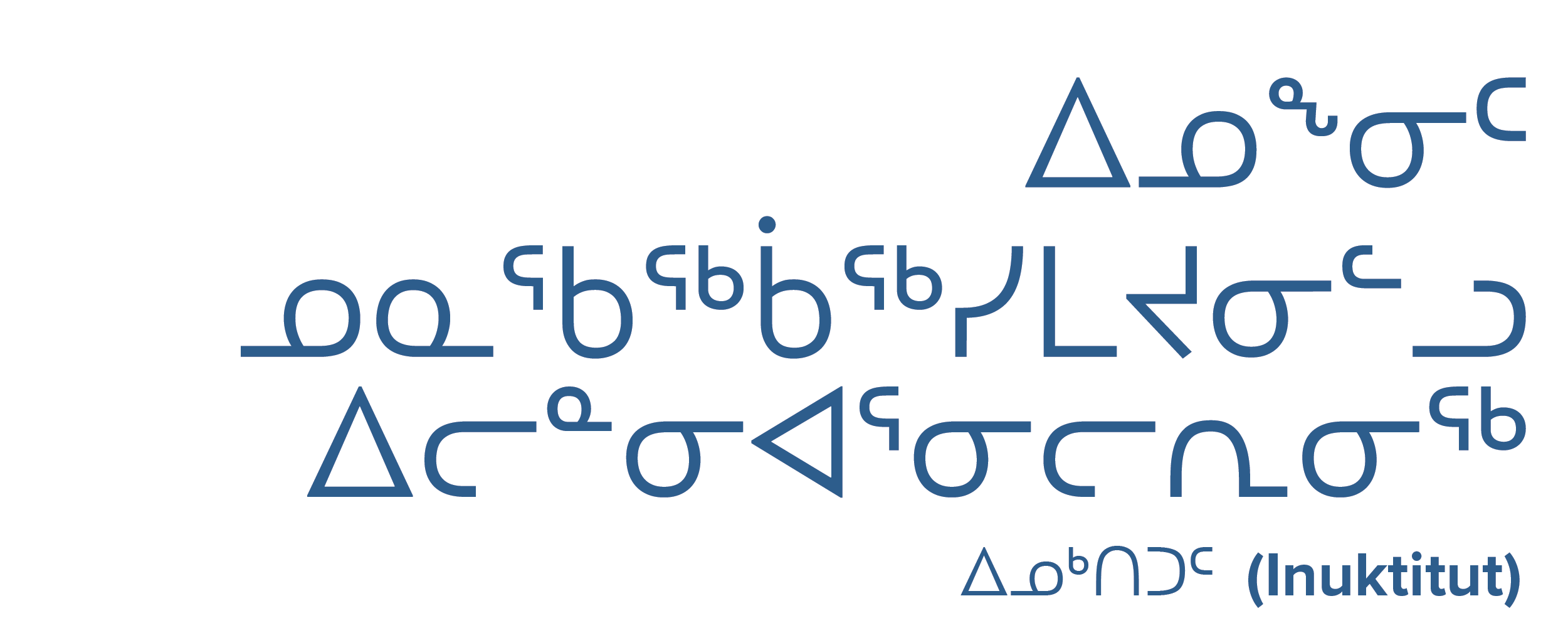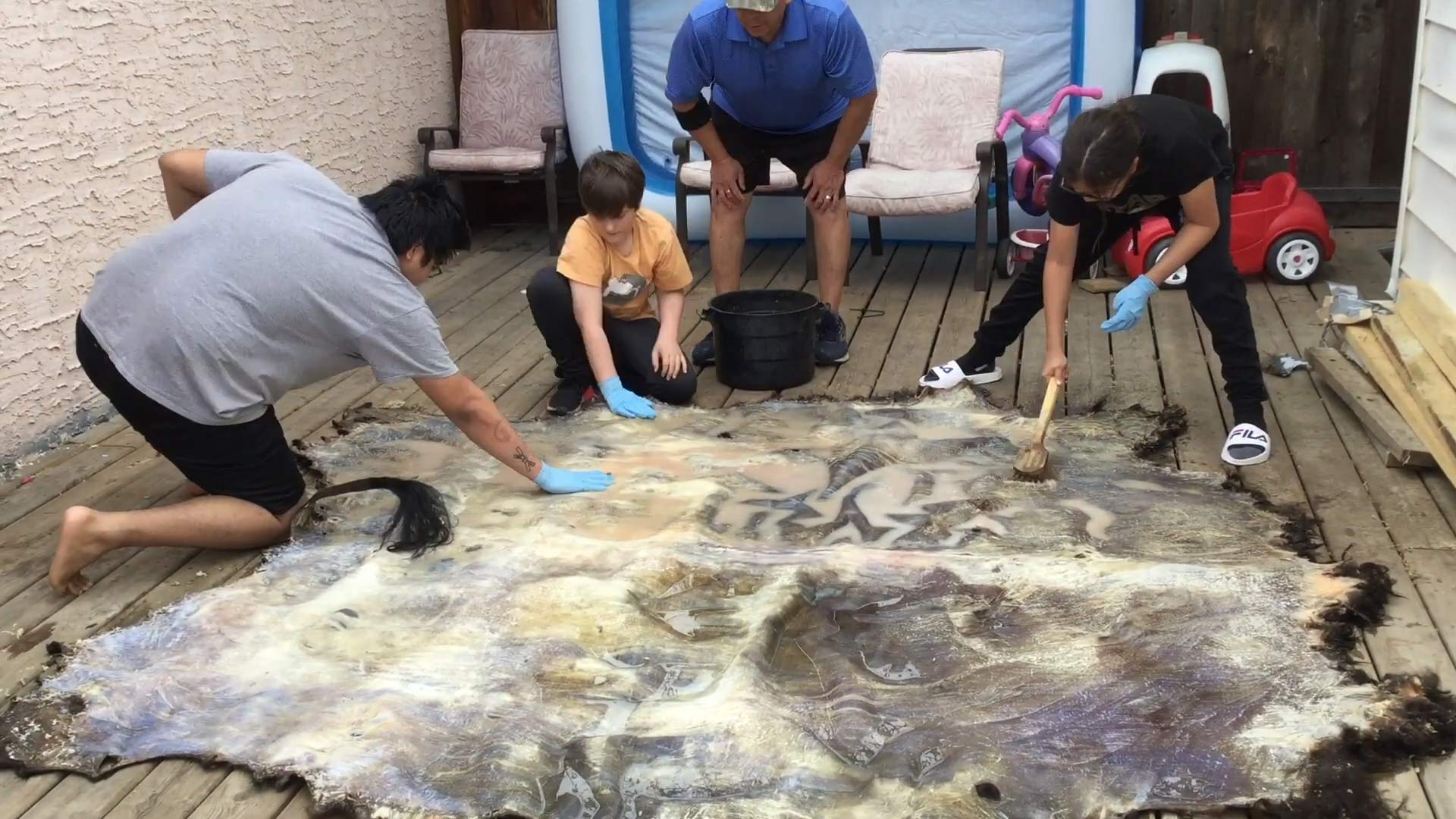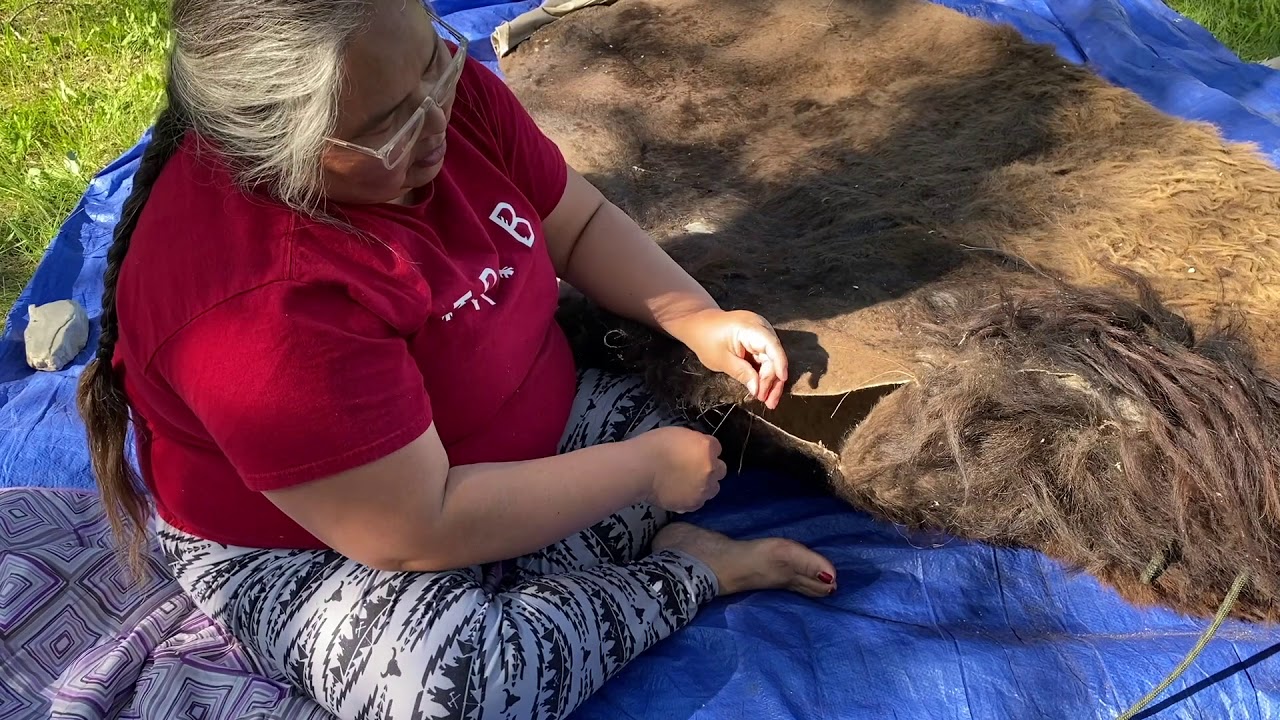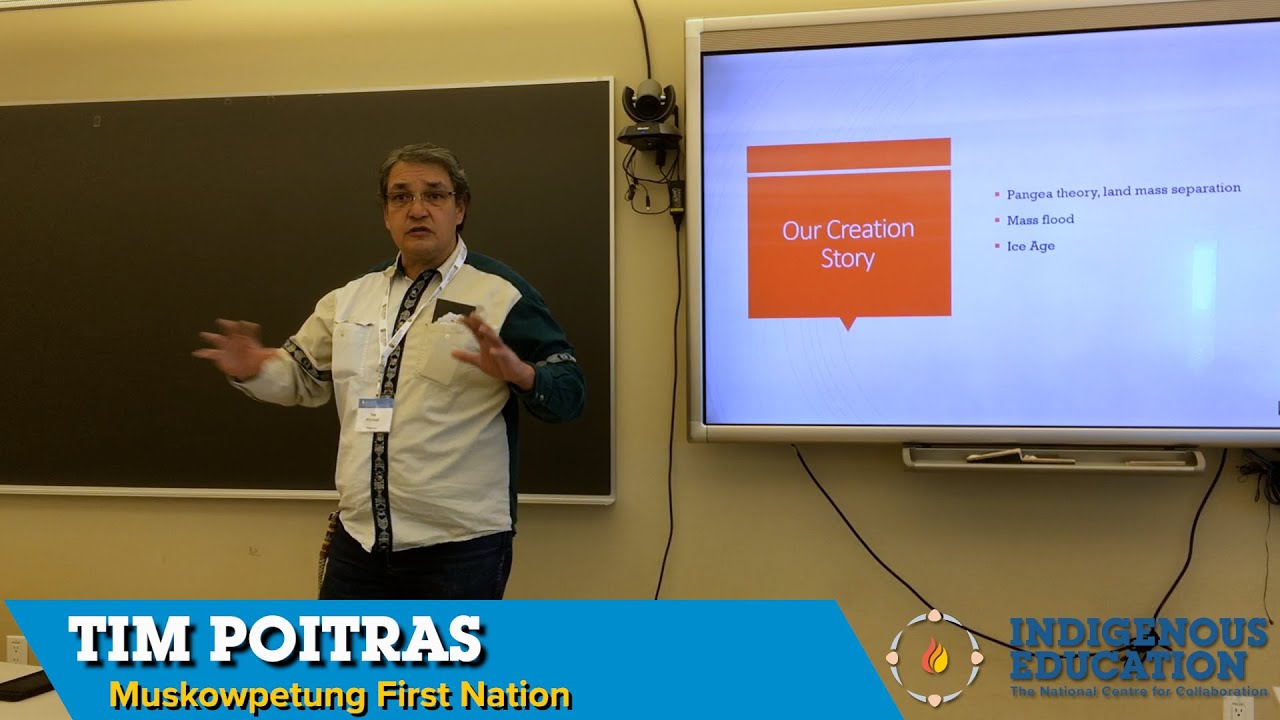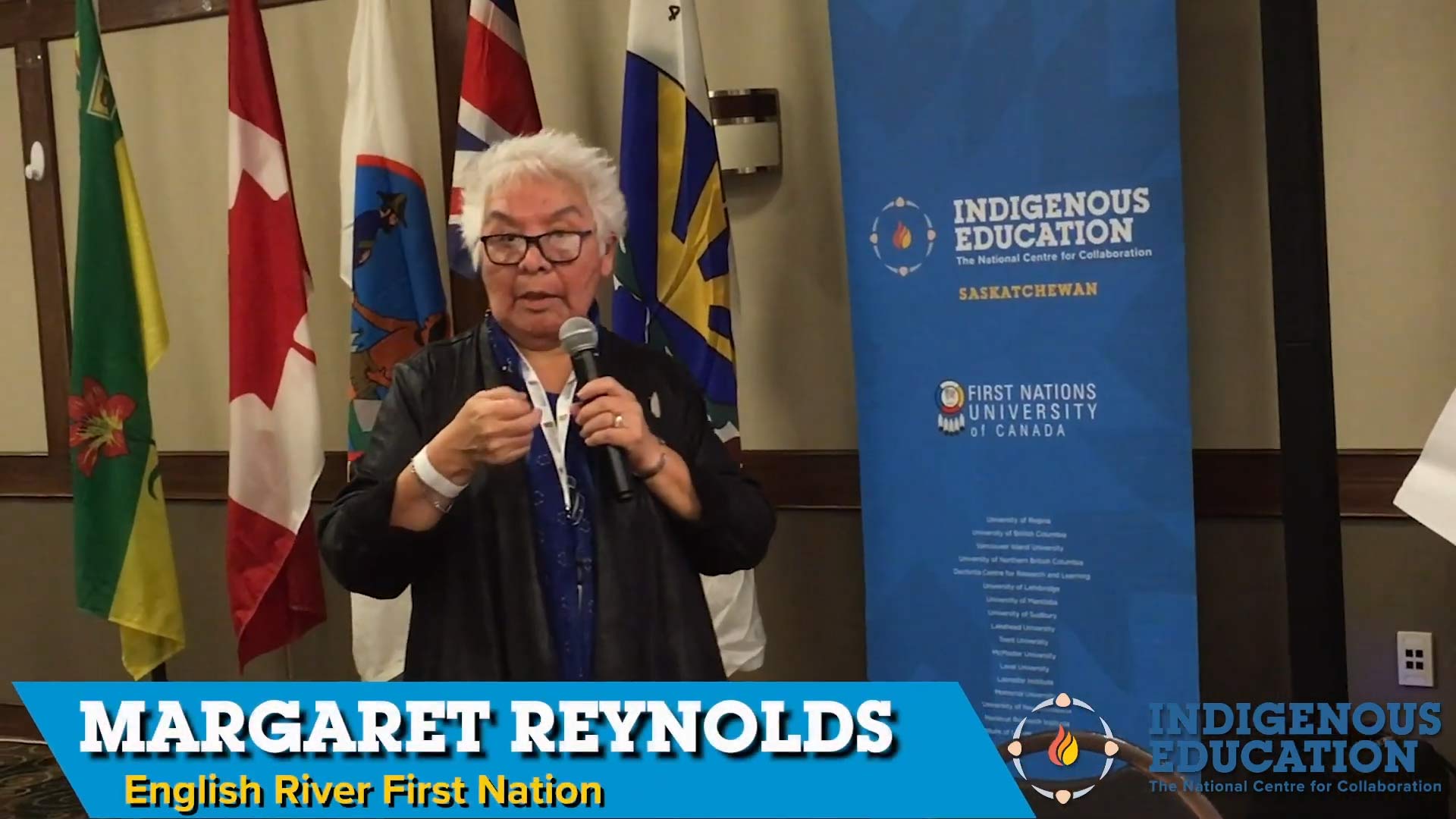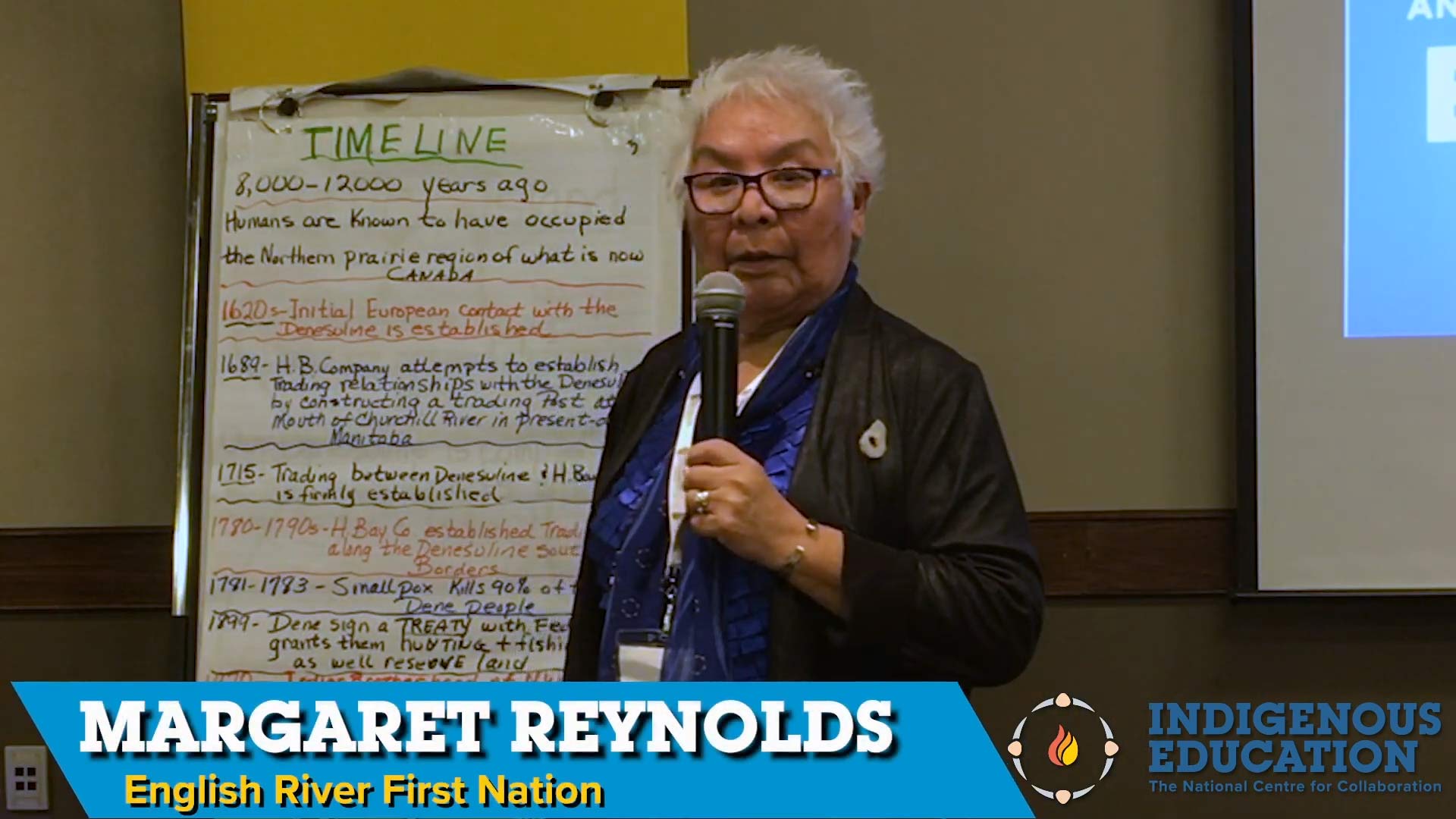Posted on décembre 4, 2020 by Annie Pilote
The description of the Story. This content will accompany the Title on the website. La communauté de l’Université McGill à Montréal présente une longue histoire en termes de collaboration avec les nations autochtones, en commençant par la création du McGill Intertribal Council au début des années 1970 qui visait à répondre aux besoins culturels des […]
The description of the Story. This content will accompany the Title on the website. La communauté de l’Université McGill à Montréal présente une longue histoire en termes de collaboration avec les nations autochtones, en commençant par la création du McGill Intertribal Council au début des années 1970 qui visait à répondre aux besoins culturels des étudiants autochtones (Stonechild, 2006; Dufour, 2017). Celui-ci mena rapidement à la fondation du Native North American Studies Institue (NNASI) en collaboration avec l’Association des Indiens du Québec (AIQ). Celui-ci joua un rôle important dans l’inauguration du Manitou Community College à La Macaza, l’un des premiers établissements postsecondaires par et pour les nations autochtones au Canada. L’Université McGill fut également la première institution du Québec à instaurer un programme de formation des maîtres-assistants autochtones au cours de la même période (ibid.). Depuis 1997, la First Peoples’ House offre des services d’accueil et de soutien culturellement adaptés aux étudiants autochtones de l’Université. Ce service qui a initialement été financé par le ministère de l’Éducation et des Études supérieures et certaines donations privées est maintenant principalement pris en charge par les Services aux étudiants de l’Institution. Souvent décrit comme un ‘home away from home’, cet espace consacré joue les rôles de lieu de rassemblement communautaire, de ressourcement, de référencement, de support, de tutorat, de mentorat et d’orientation scolaire et même de résidence pour plusieurs étudiants. Des activités récurrentes et ponctuelles -telles les dîners communautaires de soupe et bannique du mercredi midi- et des événements annuels sont organisées. À l’été, la FPH, en collaboration avec la faculté de Médecine de la même université, organise le Eagle Spirit Camp, un camp de trois jours à l’intention de potentiels futurs étudiants âgés de 13 et 17 ans, dans le but de les encourager à réaliser leur plein potentiel éducatif et personnel. D’autres événements sont organisés en collaboration avec d’autres groupes tels le Indigenous Student Alliance (ISA), groupe d’intérêt étudiant formé d’étudiants autochtones et allochtones et le Social Equity and Diversity Education’s Office (SEDE) dont l’Indigenous Awareness Week qui culmine depuis 2001 par la tenue d’un Pow wow sur le campus à la session d’automne. Le Indigenous Educational Series, qui se déroule pour sa part à la session d’hiver, a ainsi pour objectif de sensibiliser la population étudiante aux réalités autochtones du Canada. Depuis 2005, le Indigenous Affairs Work Group a été mis sur pied par le doyen des affaires étudiantes (Dean of students) dans le but d’améliorer l’offre de service pour les étudiants autochtones. L’Université McGill est notamment très active au niveau de la prise de contact et du recrutement auprès des communautés à travers le Canada et présente une politique d’admission propres aux aspirants autochtones auto-identifiés. Ceux-ci sont appelés à fournir une lettre de motivation, une lettre de recommandation en plus d’un curriculum vitae en plus de leur formulaire afin de permettre une évaluation adaptée par le comité d’admission. Un soutien personnalisé peut également être offert au cours de la demande d’admission. Un programme de mineure en études autochtones (Indigenous Studies) a été créé en 2014. En réponse aux appels à l’action de la Commission de vérité et de réconciliation du Canada, le vice-principal exécutif et vice-principal aux études de McGill a créé un Groupe de travail sur les études et l’éducation autochtones en 2016 dans le but de formuler une nouvelle orientation stratégique pouvant bonifier ses initiatives en la matière. RÉFÉRENCES CBC News. (2017, 20 septembre). 2017 edition of Turtle Island Reads celebrates the best in Indigenous Canadian writing. Consulté à l’adresse http://www.cbc.ca/news/canada/montreal/turtle-island-reads-2017-cbc-indigenous-authors-1.4298777 Curtis, C. (2016, 23 septembre). McGill to take « leadership role » in recruiting aboriginal students. Consulté à l’adresse http://montrealgazette.com/news/mcgill-to-take-leadership-role-in-recruiting-aboriginal-students Dufour, E. (2017). Du Collège Manitou de La Macaza à l’Institution Kiuna d’Odanak: la genèse des établissements postsecondaires par et pour les Premières Nations au Québec. Revue d’histoire de l’Amérique française, 70(4), 5 33. Fennario, T. (2016). McGill University offers gesture of reconciliation with Indigenous people. Montréal. Consulté à l’adresse http://aptnnews.ca/2016/09/23/mcgill-university-offers-gesture-of-reconciliation-with-indigenous-people/ McGill University. (2017). Eagle Spirit High Performance Camp. Consulté à l’adresse https://www.mcgill.ca/fph/prospective-students/eaglespiritcamp McGill University. (2013). Pow wow at McGill. Montréal. Consulté à l’adresse https://www.youtube.com/watch?v=yXuHoKi-2tU McGill University. (2017a). First Peoples’ House. Consulté à l’adresse https://www.mcgill.ca/fph/ McGill University. (2017b). Indigenous Affairs Work Group. Consulté à l’adresse http://www.mcgill.ca/deanofstudents/aboriginaloutreach McGill University. (2017c). Indigenous Applicants. Consulté à l’adresse https://www.mcgill.ca/applying/requirements/indigenous McGill University. (2017d). Indigenous Awareness Week. Consulté à l’adresse https://www.mcgill.ca/fph/resources/indigenous-education-program/indigenous-awareness-week McGill University. (2017e). Indigenous Educational Series. Consulté à l’adresse https://www.mcgill.ca/fph/resources/indigenous-education-program/indigenous-educational-series McGill University. (2017f). Indigenous Studies Program. Consulté à l’adresse https://www.mcgill.ca/indigenous/home McGill University. (2018). Indigenous Success. Consulté à l’adresse https://www.mcgill.ca/provost/indigenous-success Stonechild, B. (2006). The Struggle for Aboriginal Post-Secondary Education in Canada. Winnipeg: University of Manitoba Press.
Posted on novembre 22, 2020 by Alina Perrault
Elements of Art – Textures in Our Environment explores the connection between art and life. It links Indigenous values, such as our connection to water and our protection of Mother Earth, to artistic representations. In this lesson, Sara Leah Hindy, a Mi’kmaw teacher, introduces the significance of place and explores textures in one of her […]
Elements of Art – Textures in Our Environment explores the connection between art and life. It links Indigenous values, such as our connection to water and our protection of Mother Earth, to artistic representations. In this lesson, Sara Leah Hindy, a Mi’kmaw teacher, introduces the significance of place and explores textures in one of her favourite places, the beach. Using a rock collected on the beach, Marcus Gosse, a Mi’kmaw artist, then guides students on an artistic journey that weaves together a story of people and place through petroglyph-inspired rock art. Following the lesson, students are encouraged to explore their own special places and create a story that they would like to share through an art piece, uniquely theirs.
The complete lesson, Elements of Art – Textures in Our Environment, can be found in NCCIE’s Teaching Resource Centre at https://www.nccie.ca.
Posted on mai 7, 2020 by John Vallely
An Elder, who is preparing Anishinaabe people to be responsible, knowledgeable about their culture, creation and to show us our own personal role in Creation.
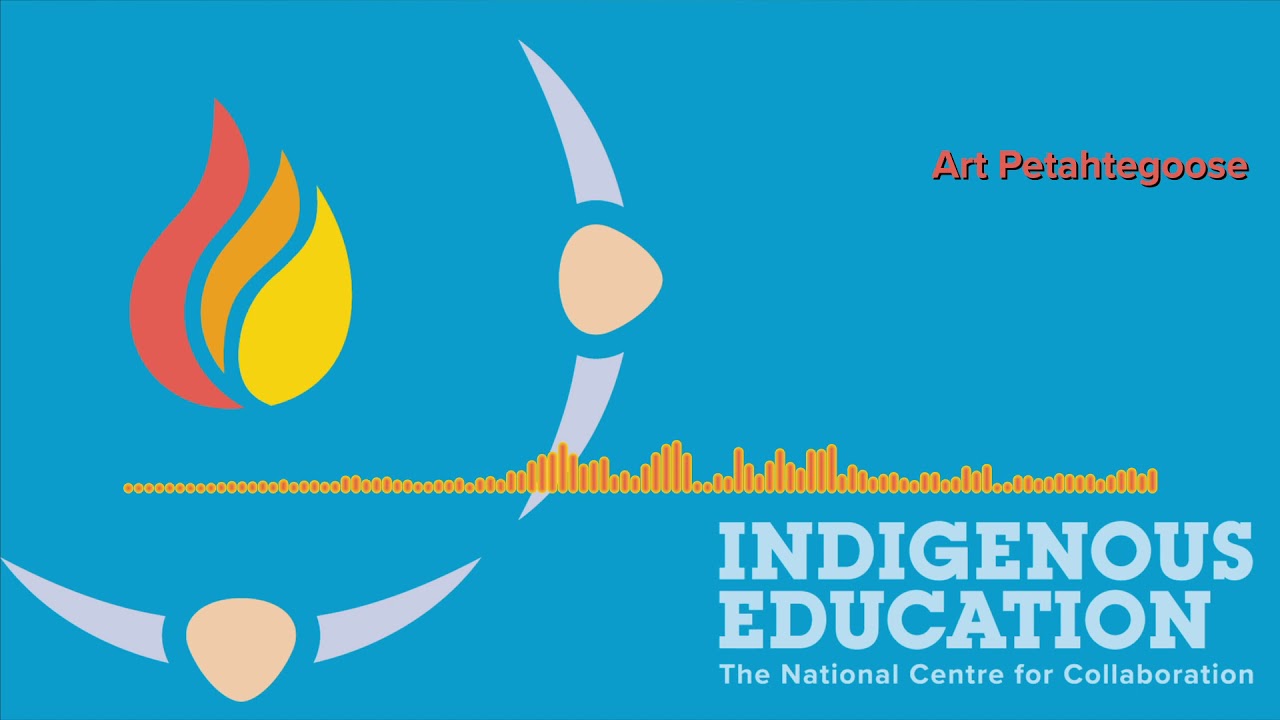
An Elder, who is preparing Anishinaabe people to be responsible, knowledgeable about their culture, creation and to show us our own personal role in Creation.
Posted on by John Vallely
« Choices » is an alternative School and General Cultural Programming within Native Friendship Centre and Native Health centres. The goal of the program was to revitalize culture and incorporate Anishnawbek ways.
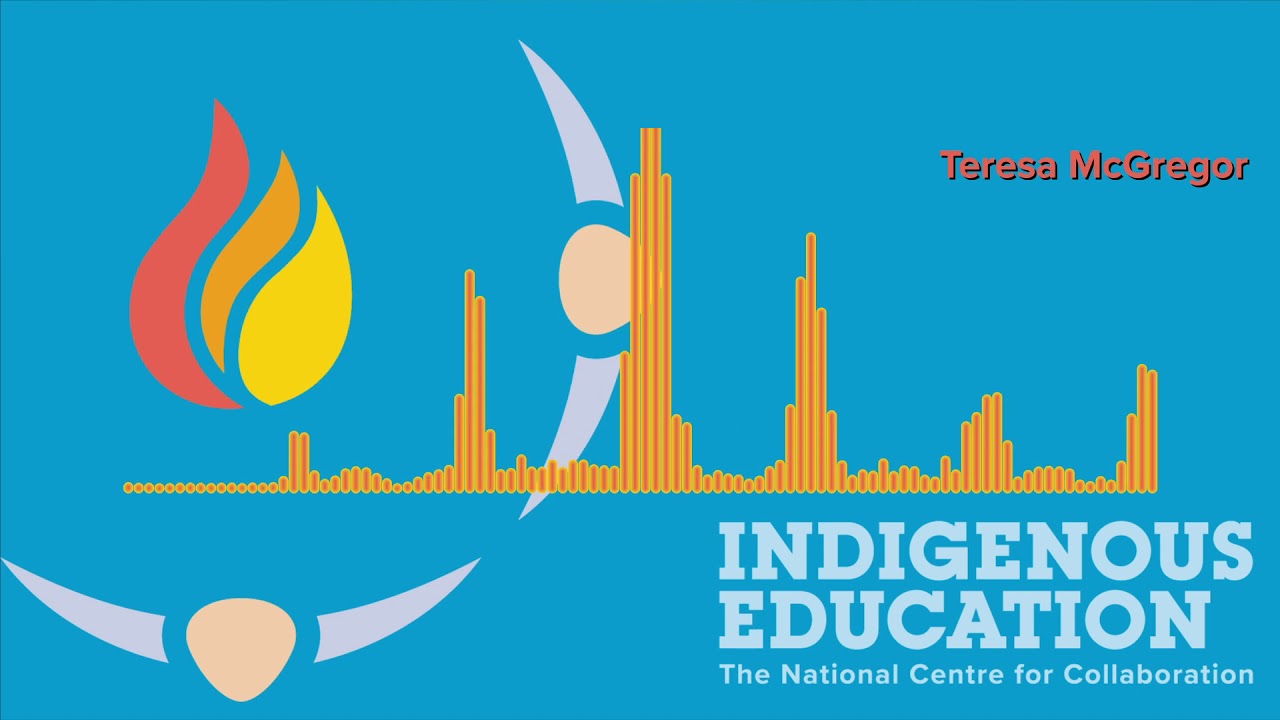
« Choices » is an alternative School and General Cultural Programming within Native Friendship Centre and Native Health centres. The goal of the program was to revitalize culture and incorporate Anishnawbek ways.
Posted on mars 24, 2020 by Steffany Salloum
Founder of kâniyâsihk Culture Camps, Kevin Lewis believes that land-based education is an important way for Cree and non-Indigenous people to (re)connect with culture and identity.
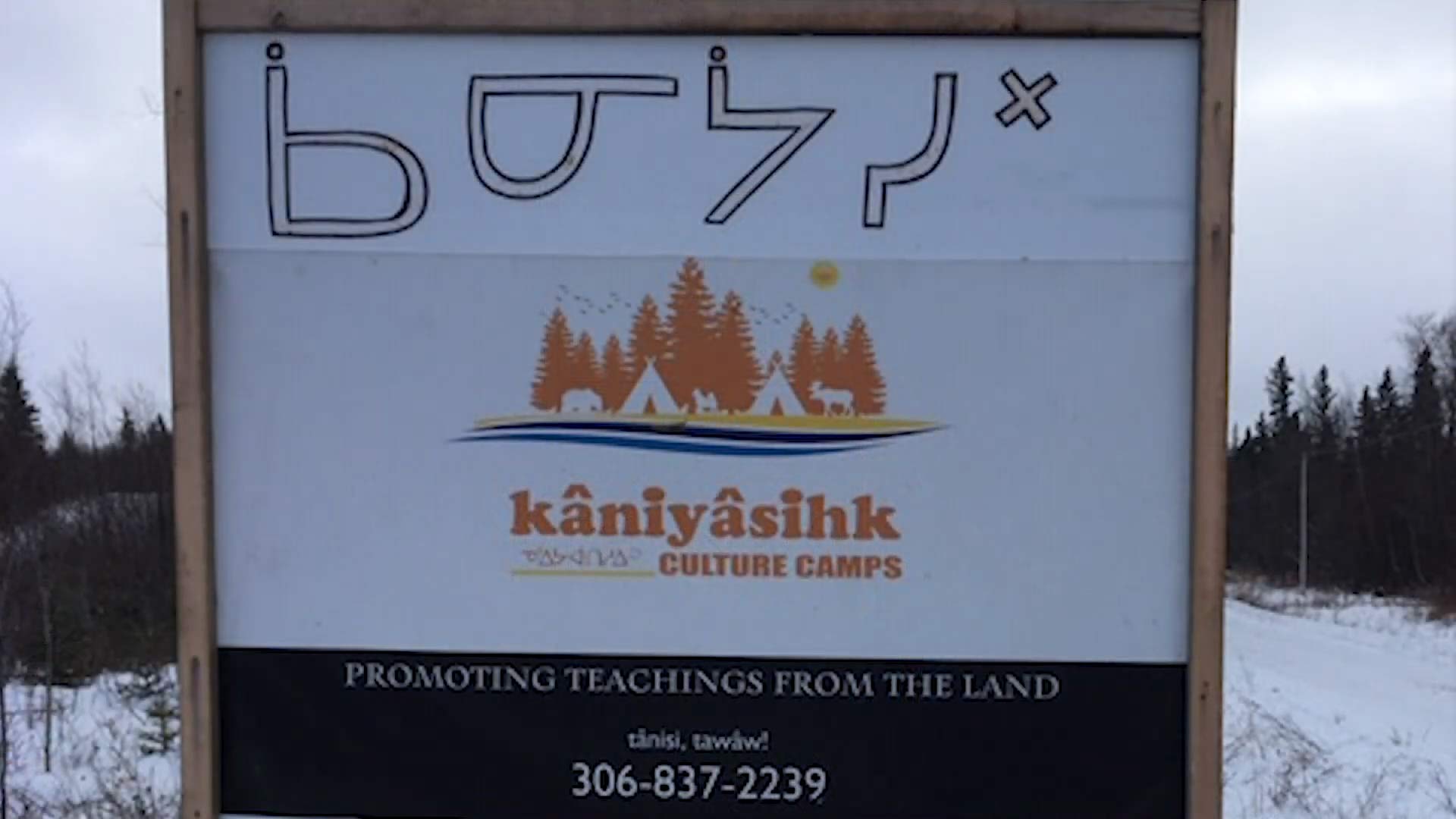
Within the last two decades, the kâniyâsihk Culture Camps at Ministikwan Lake Cree Nation have evolved from providing fall culture camps where participants took part in fishing and hide tanning to offering camps throughout all seasons and to anyone who wants to learn nehiyo (Cree) culture. Founder, Kevin Lewis explains that at kâniyâsihk Culture Camps participants take part in land-based learning that involves connecting with Elders, knowledge keepers, land keepers, medicine keepers, and berry pickers in their community. By sharing this wealth of knowledge with participants they begin to learn how to be self-sufficient and independent. Some of the many things done at camp include: learning Cree; harvesting plants for medicines; fishing and snaring; hide tanning; preserving moose, deer, elk, and fish; woodworking and building dog sleds, toboggans, birch bark canoes, snowshoes, and paddles; dog sledding; and participating in the Sun Dance, Sweat Lodge, and Chicken Dance ceremonies. The camp offers an immersive experience in nehiyo culture and Lewis hopes that more culture camps become available to people, especially for those living in urban areas.
Click here for more information about kâniyâsihk Culture Camps.
